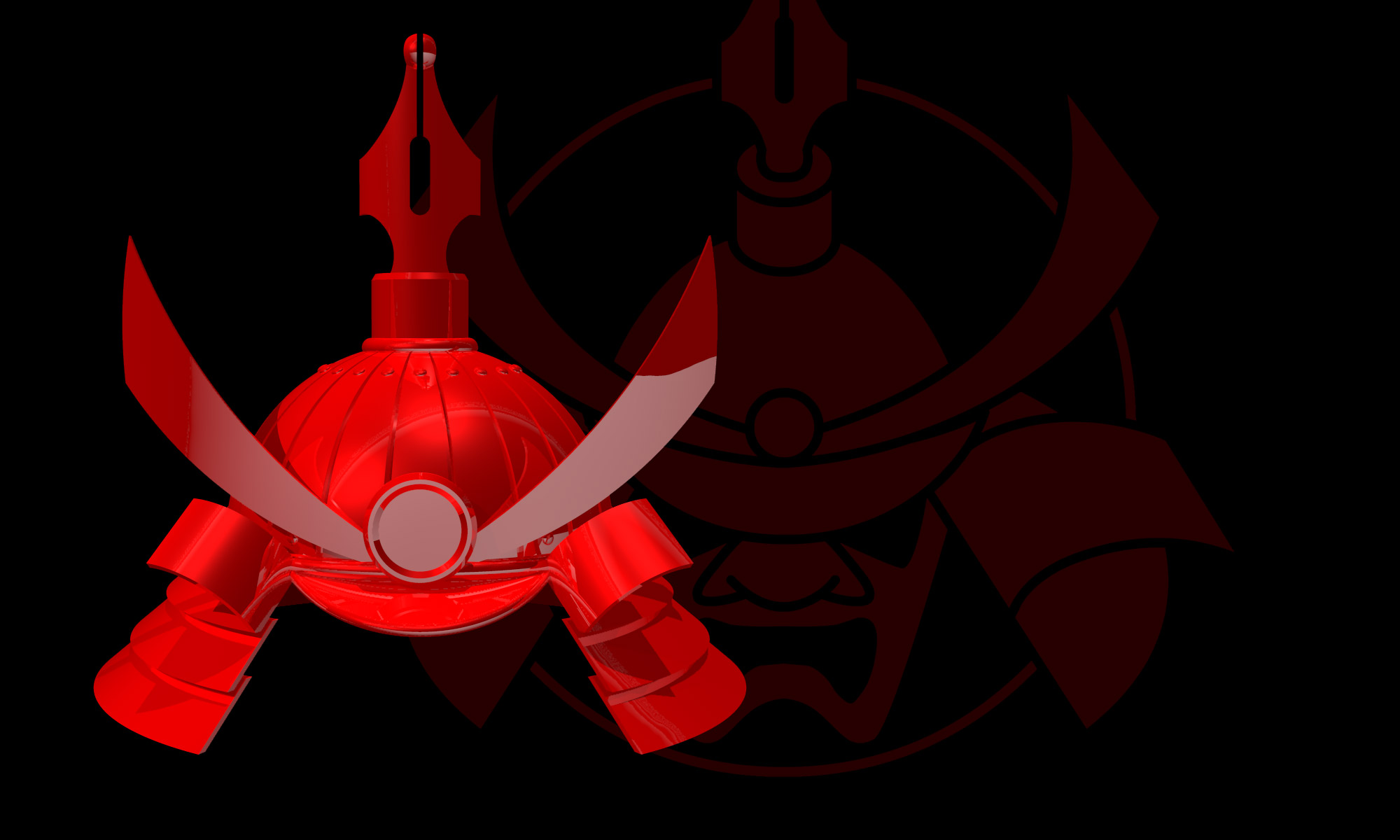Last month I went with my friend Mr Wolf (yes, he is probably the same one who's in all the fairy tales) to visit bowyer Pip Bickerstaffe of Bickerstaffe Bows in Kegworth (to be cheesy, that's not terribly far from Sherwood Forest). It was a fascinating trip and Pip was generous with his time — he's a busy man not least because of the increasing popularity of shooting with traditional bows, and obviously making longbows is a labour-intensive process.
Standing listening to Pip talk in his workshop, accompanied by the overriding and reassuring smell of dusty woodwork, it's clear that here is a man who lives and breathes not only the historical connection of his work but also the materials of his craft. In fact, when he lost one of his fingers on the circular saw a few years ago, you wonder if actually he bled sap instead of blood. He told us the tale with the unnerving, genuine nonchalance of a veteran — presumably bowyers have suffered equivalent injuries through the ages and it's only the electricity and the two packs of frozen peas (for the trip to hospital, bowyer and bowyer's finger) that made this accident any different. As they couldn't guarantee it would have complete feeling if they sewed it back on, he elected for them not to bother, since the idea of such an imperfect finger seemed to him worse than none at all. I want to stress that he told us this not as an affectation, but with the matter-of-factness of a craftsman. Cartoonists rarely lose their fingers in moments of indiscretion, so it was in a way both humbling and bracing to meet someone for whom such things are a reality.
A consequence of his years of experience as a bowyer gives Pip an almost uniquely qualified opinion on the history of the longbow. The perceived wisdom on the subject is that the English longbow was a formidable weapon, with an awesome draw-weight releasing armour-penetrating arrows up to 300 yards, at a staggering rate of fire. But actually the evidence in both archaeological finds and replica shoots doesn't back up what may be English propaganda — a formidable weapon, yes, but not to the extremes that are often claimed for it.
One of the interesting things about this is that although original longbows from the time do exist (most of which are from the Mary Rose, which we went to see the next day) none of them can be drawn — the wood simply wouldn't withstand being strung, let alone being drawn or releasing an arrow. But someone like Pip can (unlike your normal military historian) draw informed conclusions about likely performance based on examining physical details of original examples, such as the fineness of their grain, and their length and weight.
Pip's research on the historic English war bow is available in his small but rich little book Medieval War Bows: a Bowyer's Thoughts. His conclusion puts the realistic draw-weight of the English war bow at considerably less than 100lbs. This isn't because the bows couldn't be made more powerful (they could be) or that medieval archers couldn't draw more (they could). Instead, he asserts that the limiting factor was the string technology at the time. Although no bowstrings have survived from the middle ages, the maximum thickness of the strings can be known for certain because the nocks on the end of the arrows must have fitted them. Given that for a viable weapon the string would have to last at least for a handful of shots without breaking, it's likely that the working draw weight of standard military issue longbows (which were fundamentally a disposable weapon) was much lower than English historians have previously wanted to believe.
Pip's larger book, The Heritage of the Long Bow, discusses more detail than you can shake a bag of arrows at, including everything you could need to make a bow — except, of course, the years of experience that are required in order to do the job properly. Contact Bickerstaffe Bows directly if you want to get hold of either book . . . or one of his bows.

